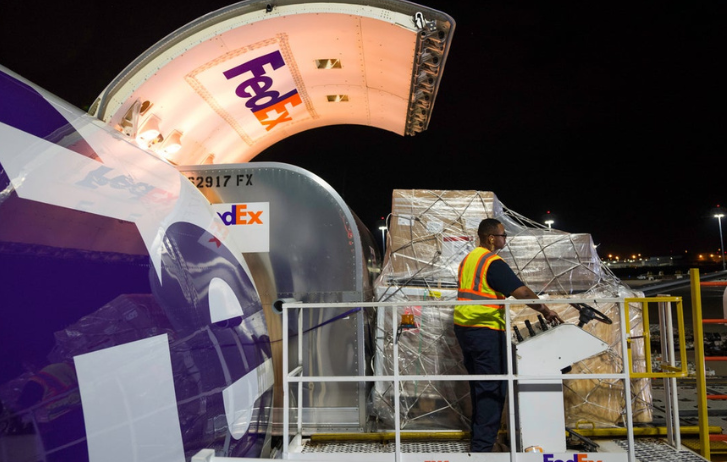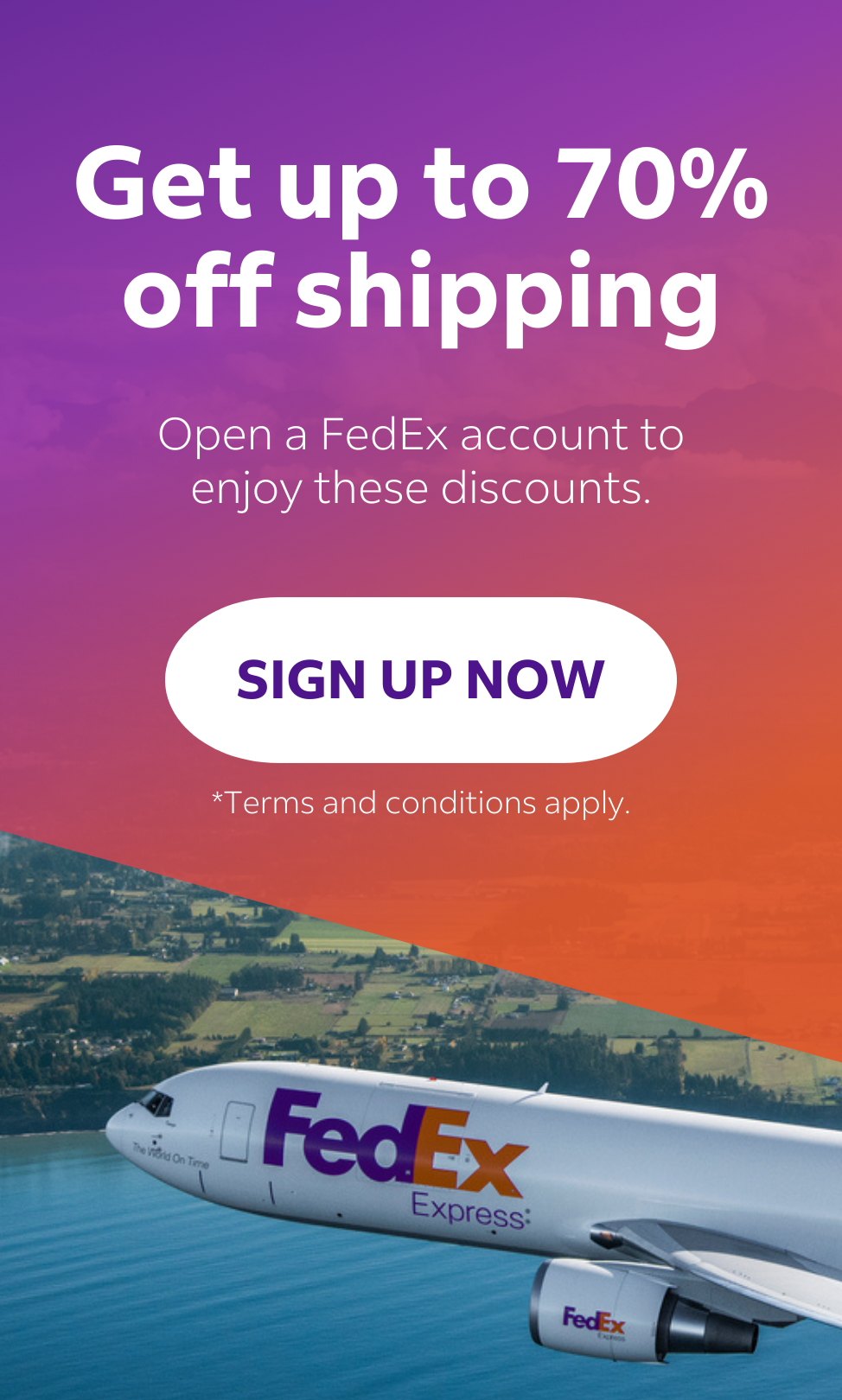
The Korean Wave Is Sweeping Europe: Here’s How Your Brand Can Benefit
By Wonbin Park | October 16, 2025
Korea’s fast-growing e-commerce sector is undergoing a major transformation as brands eye fresh opportunities in markets like Europe. But what does it take to deliver the seamless shopping and shipping experience that European customers expect?
- As Korea’s e-commerce landscape booms, local e-tailers are looking abroad to diversify and capture new opportunities.
- Regions like Europe and the Middle East offer rich possibilities for expansion but come with cultural and logistical differences.
- In complex markets, customer trust hinges on timely delivery, easy returns, and transparent communication – making reliable logistics essential for global success.
Over the past decade, South Korea’s e-commerce landscape has transformed at an extraordinary pace. What began with the dominance of open marketplaces has evolved into a dynamic ecosystem of creator-owned brands, personalized shopping experiences, and ultra-fast delivery services.
The widespread adoption of mobile shopping and social media has disrupted traditional retail structures, empowering independent sellers and fueling the growth of social commerce. In 2024, Korea’s online shopping transactions reached a record high of KRW 242 trillion, marking a 5.8% increase from the previous year. E-commerce sales also accounted for 42% of the total retail market, one of the highest shares globally.
However, this rapid growth has also brought instability. In 2023, two of the largest e-commerce marketplaces failed to settle payments to sellers on time, raising serious concerns about such platforms’ financial stability and credibility. The controversy exposed vulnerabilities in the payment systems of even the biggest players. In response, the government has strengthened payment regulations to improve transparency and reliability across all platforms.
This payment crisis has also spurred many Korean e-commerce businesses to diversify their export markets and reduce their reliance on any single market or region. As sellers seek overseas markets with stability and strong growth potential, Europe and the Middle East have emerged as promising frontiers. With growing demand for Korean products and the rising popularity of social commerce, these regions offer fertile ground for Korean e-commerce expansion.
A world of opportunities for Korean exports
One key driver of Korea’s export success is the growing influence of "Hallyu," or the Korean Wave. From K-pop and K-dramas to Korean food and fashion, the international popularity of Korean culture has significantly boosted consumer appetite for Korean brands and products around the world. This cultural trend has paved the way for strong export growth across various industries.
A notable example is the K-beauty industry. Beauty trends like achieving “glass skin” and 10-step skincare routines have gone viral on social media, catapulting Korean cosmetics into the global spotlight. Korea’s cosmetics exports hit a record high in the first half of 2025, increasing by 14.8% from the previous year. In particular, exports surged in key European and Middle Eastern markets such as Poland (up 133.8%), France (up 116.1%), and the UAE (up 69.4%).
With demand for Korean goods on the rise, it’s a golden moment for Korean businesses to break into new markets. But to succeed abroad, brands must first understand what consumers want and deliver the shopping experience they expect.
How can Korean e-tailers navigate new markets?
Korean businesses expanding globally often face challenges because they rely on strategies that work for local consumers but don’t translate well overseas. They may try to carry over successful products and operations from Korea to international markets without accounting for cultural and logistical differences.
What works at home may not work well abroad. For instance, Europe is a complex mosaic of multicultural, multilingual, and highly discerning consumers. Customer expectations for convenience, transparency, and flexibility significantly influence brand perception and loyalty.
When shopping online, European consumers prioritize value, a good returns policy, and fast, reliable delivery. This means that factors such as timely cross-border shipping, easy returns, and effective tracking are essential to drive sales and keep customers coming back.
For Korean brands exporting to Europe, reliable logistics can be just as critical as product innovation in building trust. By understanding and meeting these consumer preferences, e-tailers can better localize their offerings and deliver a frictionless cross-border shopping experience.
Riding the Korean wave with strong logistics support
As seamless delivery becomes essential to building brand loyalty, logistics is no longer just a back-end function but a strategic component of the customer experience.
However, cross-border shipping brings a new level of challenge as compared to local shipping. Korean e-tailers exporting to Europe must navigate evolving customs regulations, varying tax rates, and fragmented infrastructure. From managing cross-border returns to ensuring visibility in last-mile delivery, these added layers of complexity can be overwhelming for small businesses.
To support e-commerce businesses with growing cross-border shipping needs, we at FedEx have recently expanded our FedEx International Connect Plus (FICP) service to include more destinations across Europe and the Middle East. With day-definite delivery at a flat rate structure, this service enables e-commerce businesses to meet customer expectations for speedy shipping while staying cost-effective.
FICP offers end-to-end tracking and allows end-customers to customize their delivery date and location via FedEx Delivery Manager, helping businesses win customer trust with a transparent and flexible shipping experience. E-tailers also benefit from FedEx’s customs clearance expertise, ensuring smoother cross-border shipping.
The expansion of FICP is backed by FedEx’s extensive air and road network in Europe, which includes two air hubs and 27 road hubs connecting 45 European markets. Our robust – and growing – connectivity across Europe ensures that businesses can ship across borders seamlessly and efficiently.
It’s time to view logistics not as a cost center, but as a strategic asset that can help businesses succeed in new markets. By working with a reliable logistics provider, e-tailers can meet diverse consumer expectations around shopping and shipping, enabling them to build brand trust and drive repeat purchases for long-term growth.
For Korean brands going global, the challenge goes beyond how fast to deliver. It’s about consistently delivering trust and an outstanding experience throughout the customer journey. With the right logistics capabilities, businesses can compete internationally with confidence.
SHARE THIS STORY
- 85% Of APAC Businesses Plan To Expand Into Europe, According To New FedEx Report
- Generative AI: A New Frontier
- How To Ship A Giant Panda
- The Rise Of Intra-Asia Trade: Opportunities In The China-Southeast Asia Corridor
- Where Do Old Planes Go When They Retire?
- What’s So Dangerous About Coconuts? Your Guide To Dangerous Goods Logistics
Sign up now and save on your shipping rates!
Sign up now and earn discounts by shipping instantly with FedEx Ship ManagerTM at fedex.com.
Recommended For You

The Social Shopping Landscape Is Shifting: The 2025 Trends You Need To Know
In Asia, online shopping trends evolve fast, driven by changing consumer habits. Check out the top trends for 2025.
Read More
Is An APAC Dropshipping Business Still Profitable In 2025?
Explore trends and strategies in APAC dropshipping, and learn how to dropship for growth and success in 2025.
Read More
ASEAN Is Korea’s Next Big Market For Intra-Asia Trade Growth
Intra-Asia trade is booming, and ASEAN is emerging as a hub of opportunity. How can Korean businesses gain a competitive edge in Southeast Asia?
Read More

